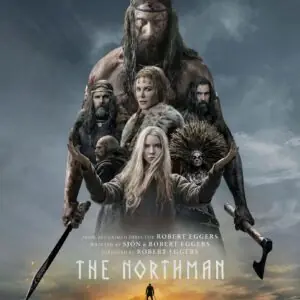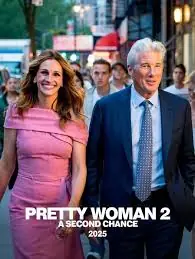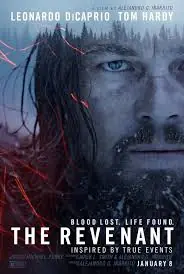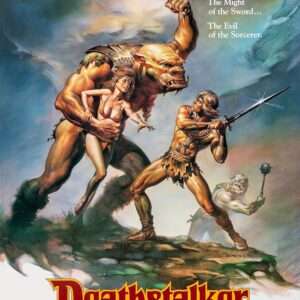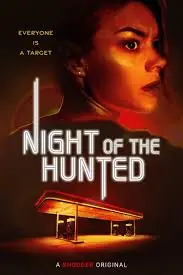Released in 2004 and directed by Tony Scott, Man on Fire is an intense action thriller that explores themes of vengeance, redemption, and the depth of human emotion. The film stars Denzel Washington as John Creasy, a former CIA operative turned bodyguard, and Dakota Fanning as Pita Ramos, a young girl living in Mexico City. With its gripping narrative, stylistic direction, and powerful performances, Man on Fire has cemented its place as a notable entry in the action-thriller genre.
Plot Overview
Set against the backdrop of a crime-ridden Mexico City, the film follows John Creasy, a burnt-out and disillusioned ex-soldier battling inner demons. Struggling with alcoholism and a haunting past, Creasy is hired as a bodyguard for nine-year-old Pita Ramos, the daughter of a wealthy industrialist, Samuel Ramos (Marc Anthony). Initially detached and emotionally distant, Creasy gradually forms a bond with Pita, who rekindles his sense of purpose and hope.
Tragedy strikes when Pita is abducted in a violent kidnapping orchestrated by a corrupt criminal network. Creasy is critically injured in the confrontation, and the incident ignites his quest for vengeance. As he recovers, Creasy embarks on a brutal and relentless mission to hunt down those responsible, navigating through layers of corruption and deception.
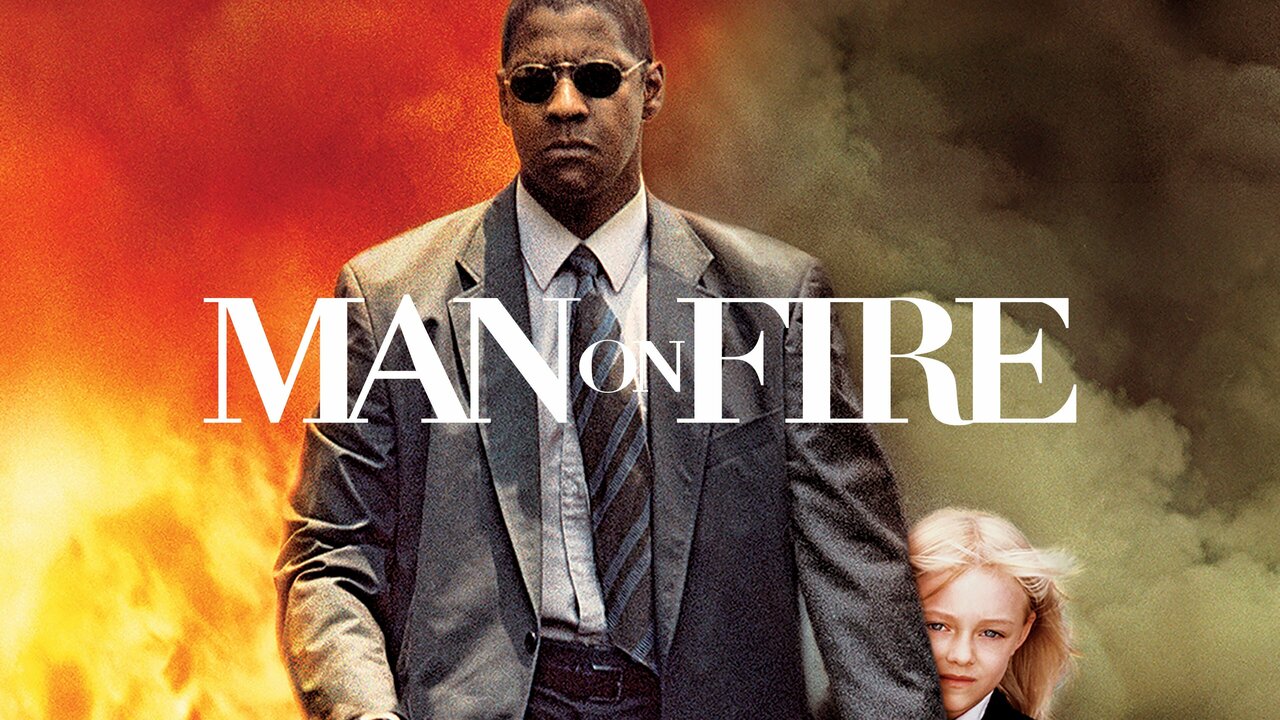
Character Analysis
- John Creasy (Denzel Washington): Washington delivers a powerful portrayal of a tormented man seeking redemption. Creasy’s transformation from a despondent, guilt-ridden bodyguard to an avenger fueled by love and duty is the film’s emotional core. Washington’s nuanced performance captures Creasy’s inner turmoil, his tenderness toward Pita, and his ruthless determination to right the wrongs committed against her.
- Pita Ramos (Dakota Fanning): Fanning’s portrayal of Pita is both heartwarming and poignant. Her character serves as the catalyst for Creasy’s redemption. Pita’s innocence and unwavering trust gradually break through Creasy’s hardened exterior, creating a bond that feels authentic and emotionally resonant.
- Rayburn (Christopher Walken): As Creasy’s old friend and confidant, Rayburn provides critical support and insight. Walken’s portrayal adds depth to the narrative, portraying loyalty and the harsh realities of the criminal underworld.
- Samuel Ramos (Marc Anthony) and Lisa Ramos (Radha Mitchell): Their roles underscore the complexities of familial love and desperation. The parents’ struggle with fear, guilt, and moral dilemmas adds layers to the narrative.

Themes and Symbolism
- Redemption and Forgiveness: At its heart, Man on Fire is a story of redemption. Creasy’s journey is driven by his desire to atone for his violent past. His relationship with Pita offers him a chance for emotional salvation, and his actions, though brutal, are underpinned by his love and guilt.
- Vengeance and Justice: The film explores the thin line between justice and revenge. Creasy’s vendetta against Pita’s captors is both a personal crusade and a quest for moral balance in a corrupt society. The intensity of his retribution underscores the emotional gravity of the narrative.
- Love and Loyalty: The bond between Creasy and Pita is central to the film’s emotional impact. Their relationship is depicted as pure and transformative, illustrating the profound effect of unconditional love.
- Corruption and Morality: The movie delves into the pervasive corruption within Mexico City, highlighting the complexities of morality and the challenges of navigating a world where justice is often compromised.
Cinematic Style and Direction
Tony Scott’s direction is a defining element of Man on Fire. His use of rapid cuts, stylized visuals, and gritty cinematography creates a visceral viewing experience. The film’s color palette, dominated by sepia tones and stark contrasts, enhances the mood of despair and tension.
The soundtrack, composed by Harry Gregson-Williams, adds an emotional layer, balancing haunting melodies with intense orchestral pieces that underscore the film’s dramatic moments.
Scott’s use of visual symbolism, such as the recurring imagery of fire and water, reflects Creasy’s internal struggle and his path to redemption. Fire represents destruction and purification, while water symbolizes rebirth and cleansing.
Critical Reception
Upon its release, Man on Fire received mixed reviews from critics but was widely praised for its performances, particularly Washington’s and Fanning’s. Critics lauded the emotional depth of the characters and the film’s intense, action-driven narrative.
While some criticized the film for its graphic violence and stylistic excesses, others appreciated its raw depiction of human emotion and moral complexity. Over time, Man on Fire has gained a cult following and is regarded as one of Tony Scott’s most impactful works.
Cultural Impact and Legacy
Man on Fire has left a lasting impression on audiences and filmmakers alike. Its exploration of themes like redemption, loyalty, and vengeance resonates with viewers, making it a poignant narrative about the complexities of the human condition.
The film’s influence is evident in its narrative structure and character archetypes, which have inspired similar action thrillers. Its portrayal of a flawed yet honorable protagonist has become a benchmark for character-driven action narratives.
Conclusion
Man on Fire stands as a powerful testament to the depth and complexity of human emotion. Through its compelling narrative, intense performances, and stylistic direction, the film explores the darkest and most redemptive aspects of the human experience.
Denzel Washington’s portrayal of John Creasy is a masterclass in character evolution, illustrating the transformative power of love and sacrifice. Tony Scott’s cinematic vision, combined with a haunting soundtrack and evocative visuals, creates a film that is both emotionally resonant and visually striking.
In the end, Man on Fire is more than an action thriller; it is a story about finding meaning and redemption through love, and the lengths one man will go to protect it. The film remains a poignant reminder of the enduring strength of the human spirit, making it a timeless entry in the annals of cinematic storytelling.
watch trailer:
